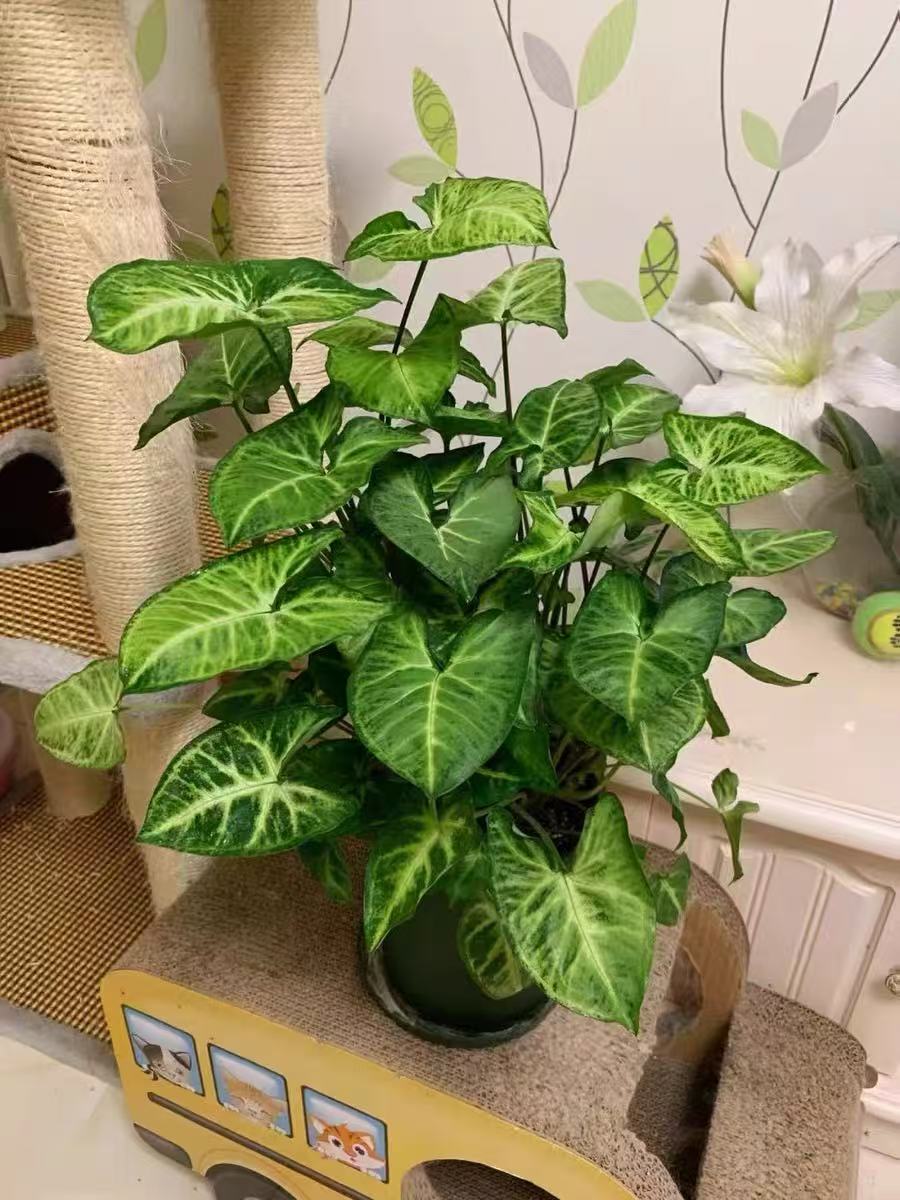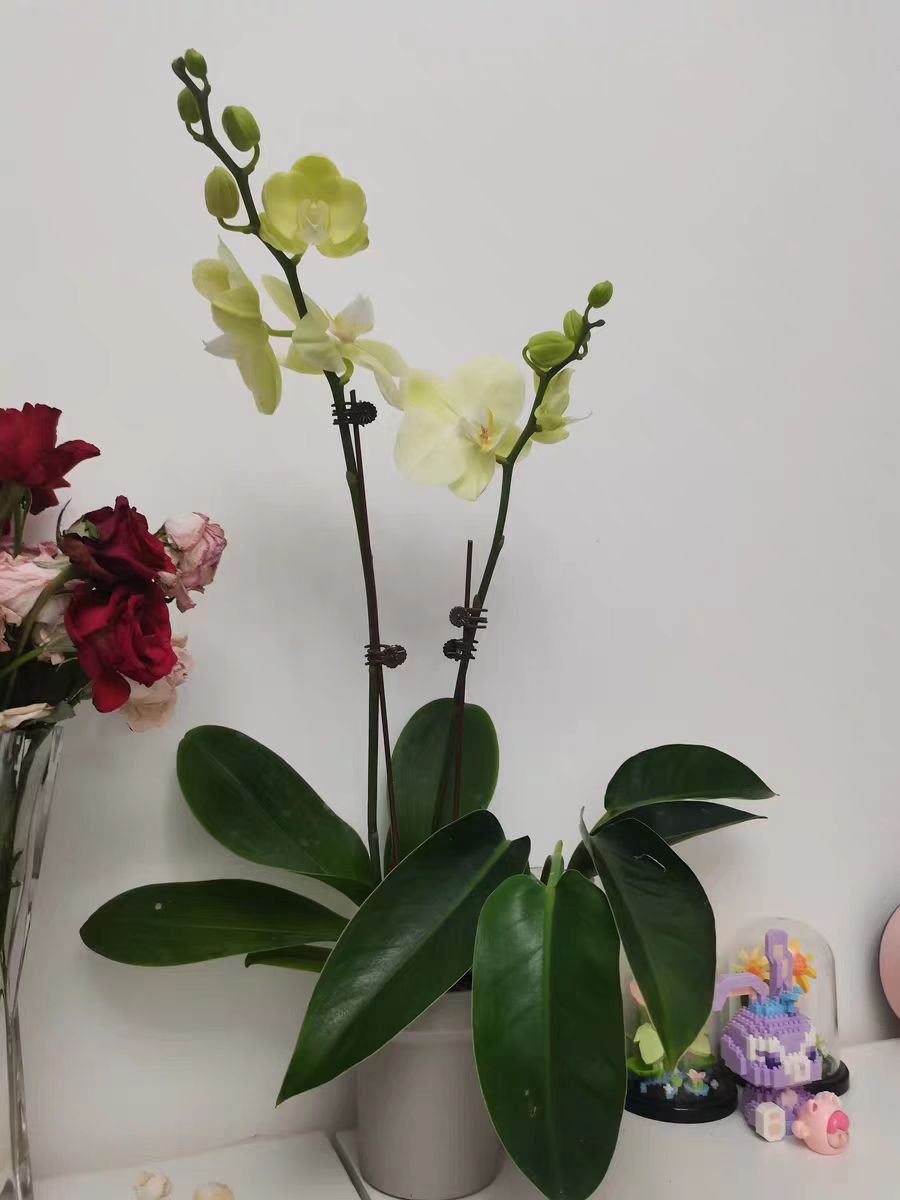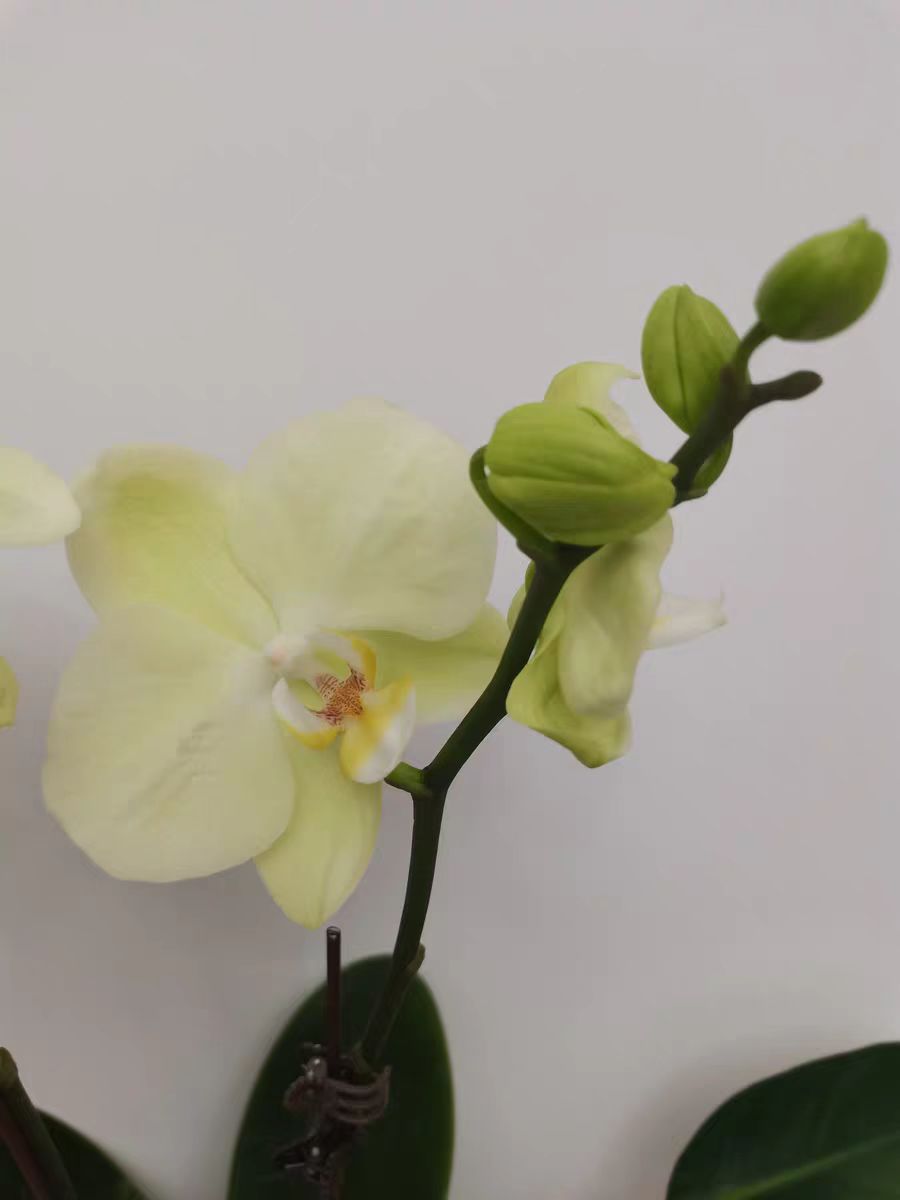In the world of plants, each plant has its unique growth habits and environmental preferences. Among them, there is a category of plants that have a special "preference" for humidity. Only in an environment with high humidity can they bloom in the most magnificent way.
Staghorn Fern: The staghorn fern, with its leaves shaped like antlers, is an epiphytic fern with great ornamental value. It is native to the tropical rainforest, where there are clouds and mist all year round and the humidity is extremely high. This environment has made the staghorn fern dependent on high humidity. In daily maintenance, it is necessary to frequently spray water around the plant, or place it near a humidifier to keep the air humidity between 60% and 80%. At the same time, the staghorn fern likes bright scattered light and should avoid direct sunlight, otherwise the leaves are likely to dry out. When the environmental humidity is appropriate, the leaves of the staghorn fern will become emerald green and shiny.
Boston Fern: The Boston fern is a common fern plant indoors. Its leaves are pinnate, light and elegant, and full of natural beauty. The Boston fern also likes a high-humidity environment, and the air humidity is preferably kept above 70%. In the dry season, in addition to increasing the frequency of watering, the Boston fern can be placed on a tray with some stones in it and an appropriate amount of water added. The natural evaporation of water can increase the surrounding air humidity. In addition, the Boston fern has strong air purification ability and can effectively absorb harmful gases such as formaldehyde and toluene. It is an ideal choice for beautifying the home environment and purifying the air.
Phalaenopsis: The Phalaenopsis has a relatively high requirement for humidity. During the growth period, the air humidity needs to be kept between 60% and 80%. When maintaining the Phalaenopsis, you can use a spray bottle to regularly spray water around the plant, but be careful to avoid water droplets splashing on the flowers, so as not to cause the flowers to rot. At the same time, the Phalaenopsis is suitable for growing in a warm, well-ventilated environment with scattered light. In order to meet its humidity requirements, you can also place a water basin filled with water around the flower pot to create a humid microenvironment. When the Phalaenopsis grows in a high-humidity environment, the flowers will be more plump and gorgeous, and the flowering period will be correspondingly extended.
Dendrobium: There are many varieties of dendrobium, with rich flower colors, and it has extremely high ornamental and medicinal values. It likes a warm and humid environment, and the air humidity should be kept between 70% and 85%. Dendrobium has relatively strict requirements for water. It cannot be short of water, nor can there be water accumulation. In daily maintenance, in addition to ensuring that the substrate is moist, it is also necessary to frequently spray water on the plant and the surrounding air to maintain a high air humidity. In addition, dendrobium is suitable for growing in a semi-shady environment and can be placed in a place indoors with bright light but no direct sunlight.
Syngonium: The syngonium is a colorful foliage plant. The shape of its leaves is changeable, such as arrow-shaped, halberd-shaped, etc., and its leaf color has various patterns in colors like white, pink, green, etc., which is highly ornamental. The syngonium likes a humid environment, and the air humidity should be kept between 70% and 85%. During the maintenance process, in addition to normal watering, it is also necessary to frequently spray water on the leaves to keep the leaves clean and moist. The syngonium has strong adaptability. It can grow under bright scattered light and can also survive for a period of time in a relatively dark environment. It is an excellent choice for beautifying the indoor environment.
These plants with high humidity requirements can not only add a touch of vitality and greenery to our living environment, but also improve the indoor microclimate by adjusting the air humidity. If you also want to create a plant space full of tropical style or fresh and humid atmosphere, you might as well choose these "water spirits" to bring a different kind of beauty to your life.
What are the plants that require high humidity?

Share with
Tagged in :



Leave a Reply